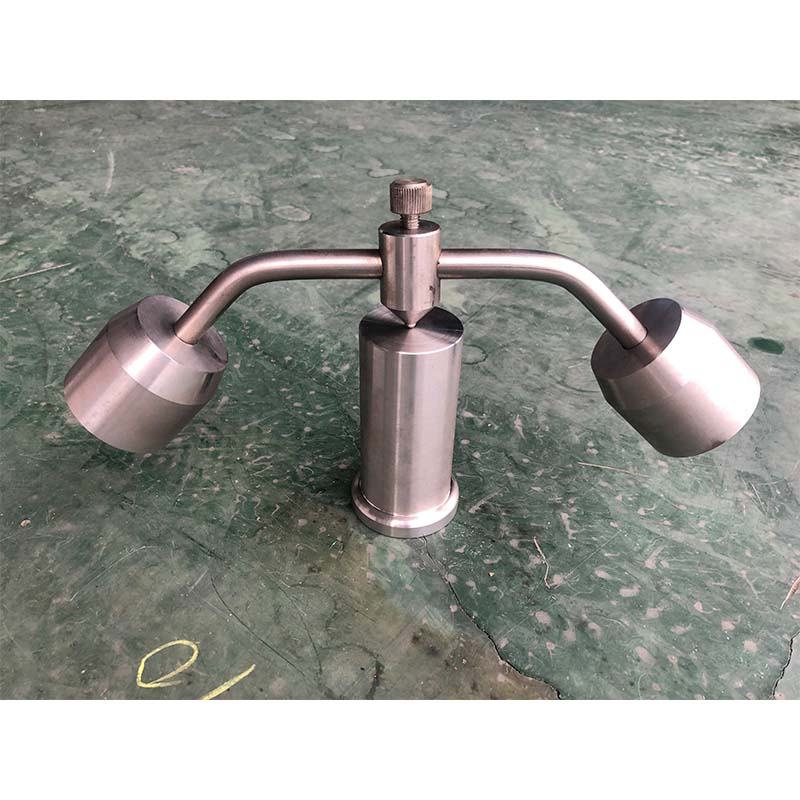Testing Instruments for Evaluating Resistance Levels in Various Materials and Applications
Understanding Resistance Test Instruments Essential Tools for Electromechanical Testing
In the realm of electrical engineering and maintenance, resistance testing plays a crucial role in ensuring the reliability and performance of electrical components and systems. Resistance test instruments, commonly referred to as ohmmeters or resistance testers, are essential tools used to measure the resistance of electrical components. This article delves into the significance, types, and applications of resistance test instruments.
Importance of Resistance Testing
Resistance testing is fundamental for diagnosing issues within electrical circuits, motors, and other components. It helps ensure that electrical pathways are intact, minimizing the risk of faults that can lead to equipment failure. High resistance values can indicate insulation problems or loose connections, while low resistance might suggest short circuits or other shortcomings. By regularly conducting resistance tests, technicians can detect potential failures before they escalate, promoting operational safety and efficiency.
Types of Resistance Test Instruments
Various types of resistance test instruments are available, each suited for specific testing scenarios
1. Digital Multimeters (DMMs) These versatile tools can measure resistance along with current and voltage. They are widely used due to their accuracy and ability to provide a digital readout of resistance values.
2. Megohmmeters Also known as insulation testers, these instruments are used to measure high resistance, particularly in insulation applications. They apply a higher voltage to the test sample to evaluate dielectric strength, making them indispensable in industrial and commercial settings.
3. Low-resistance ohmmeters These specialized devices are employed to measure low resistance values in applications such as earthing systems and grounding, where accuracy is paramount.
4. Micro-ohmmeters Designed for extremely low resistance measurements, these testers are typically used in applications like circuit breaker testing and evaluating the resistance of connections in power systems.
resistance test instrument

5. Resistance Bridge This is a more sophisticated device used in laboratory settings for high precision resistance measurements. It compares the unknown resistance with known standards, offering exceptional accuracy.
Applications of Resistance Test Instruments
Resistance test instruments find application in various fields, including
1. Electrical Inspections They are routinely used in electrical inspections to ensure that installations meet safety standards and function correctly.
2. Preventive Maintenance In industrial settings, resistance testing is integral to maintenance protocols. Regular testing can prevent unplanned downtime by identifying insulation failures or other issues before they disrupt operations.
3. System Commissioning During commissioning of new electrical installations, resistance testers are used to check connections and insulation to ensure safety and functionality before the system goes live.
4. Troubleshooting Technicians use resistance measurement to diagnose issues within circuits, motors, transformers, and other electrical components, enabling quick and effective repairs.
5. Research and Development In R&D settings, these instruments help in developing new materials and systems by providing precise resistance measurements under various conditions.
Conclusion
In conclusion, resistance test instruments are vital components in the toolbox of electrical engineers and technicians. Their ability to measure resistance accurately aids in maintaining the safety and efficiency of electrical systems. Whether through simple multimeters or advanced megohmmeters, these tools enable professionals to diagnose issues, ensure compliance, and provide maintenance solutions in a wide array of applications. Investing in quality resistance test instruments is essential for anyone involved in electrical maintenance and diagnostics, ultimately contributing to the longevity and reliability of electrical systems.
-
Why the Conductor Resistance Constant Temperature Measurement Machine Redefines Precision
NewsJun.20,2025
-
Reliable Testing Starts Here: Why the High Insulation Resistance Measuring Instrument Is a Must-Have
NewsJun.20,2025
-
Flexible Cable Flexing Test Equipment: The Precision Standard for Cable Durability and Performance Testing
NewsJun.20,2025
-
Digital Measurement Projector: Precision Visualization for Modern Manufacturing
NewsJun.20,2025
-
Computer Control Electronic Tensile Tester: Precision and Power for the Modern Metal Industry
NewsJun.20,2025
-
Cable Spark Tester: Your Ultimate Insulation Assurance for Wire and Cable Testing
NewsJun.20,2025
 Copyright © 2025 Hebei Fangyuan Instrument & Equipment Co.,Ltd. All Rights Reserved. Sitemap | Privacy Policy
Copyright © 2025 Hebei Fangyuan Instrument & Equipment Co.,Ltd. All Rights Reserved. Sitemap | Privacy Policy
